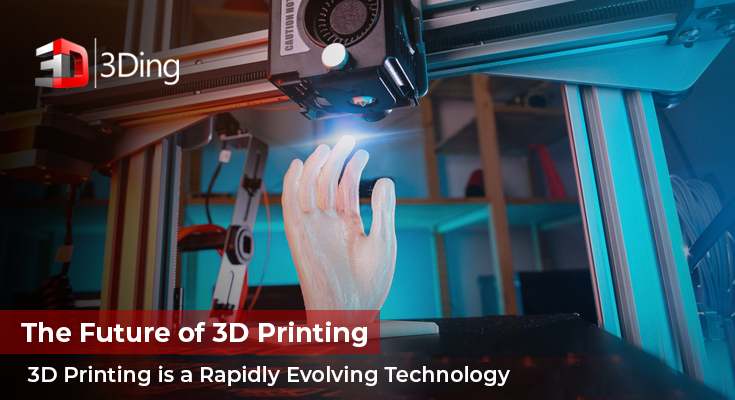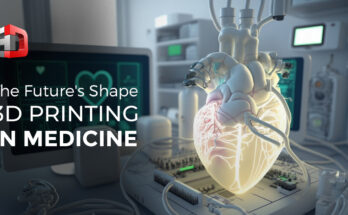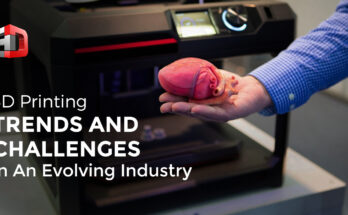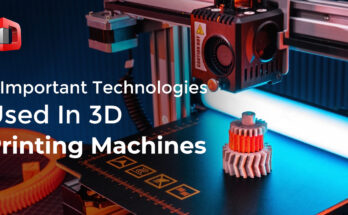With its roots tracing back to the 1980s, 3D printing, also known as additive manufacturing, has seen significant advancements in recent decades. From creating simple plastic prototypes to producing complex, functional parts, the technology continues to evolve rapidly. As we look forward to the future of 3D printing, it’s evident that this innovative technology is on the precipice of revolutionizing various sectors globally.
Next-Level Materials:
One of the most thrilling areas of development in 3D printing is in the realm of materials. While the technology initially relied on a limited selection of plastics, modern 3D printers can now work with an array of substances, including metals, ceramics, and even biological materials. As research continues, we can expect 3D printers capable of handling increasingly diverse and sophisticated materials, leading to broader applications and greater adoption.
Advanced 3D Bioprinting:
In the medical field, 3D printing has shown immense potential. Bioprinting, or the 3D printing of biological tissues and organs, is making significant strides. Though still in its nascent stages, the progress suggests a future where organ shortages could be a thing of the past, with custom-printed organs tailored to individual patients’ needs becoming a reality.
Rapid Production and Mass Customization:
The advancements in 3D printing speed and scalability promise to challenge traditional manufacturing methods. With techniques such as High-Speed Sintering (HSS) and Continuous Liquid Interface Production (CLIP), we’re inching closer to the goal of high-speed, high-volume 3D printing. This development will enable mass customization – the production of personalized products on a large scale – revolutionizing sectors from automotive to consumer goods.
Enhanced Software and AI Integration:
The future of 3D printing also lies in the integration of advanced software and Artificial Intelligence (AI). These tools can help streamline the design process, improve the quality of prints, and even predict and correct errors before they occur. As AI algorithms continue to learn and adapt, their integration with 3D printing technology will likely become more refined, leading to even more precise and efficient manufacturing.
Sustainability:
As global attention towards sustainability grows, 3D printing could play a crucial role in reducing waste and promoting circular economies. By nature, additive manufacturing produces less waste than traditional, subtractive methods. As technology advances, we can expect further developments geared towards enhancing its environmental sustainability.
Conclusion:
From innovative materials to AI integration, the future of 3D printing is teeming with exciting possibilities. The technology is poised to enhance current manufacturing practices and revolutionize them entirely. As we continue to push the boundaries of what’s possible with 3D printing, the only certainty is that this technology holds a promising, transformative role in our collective future.




